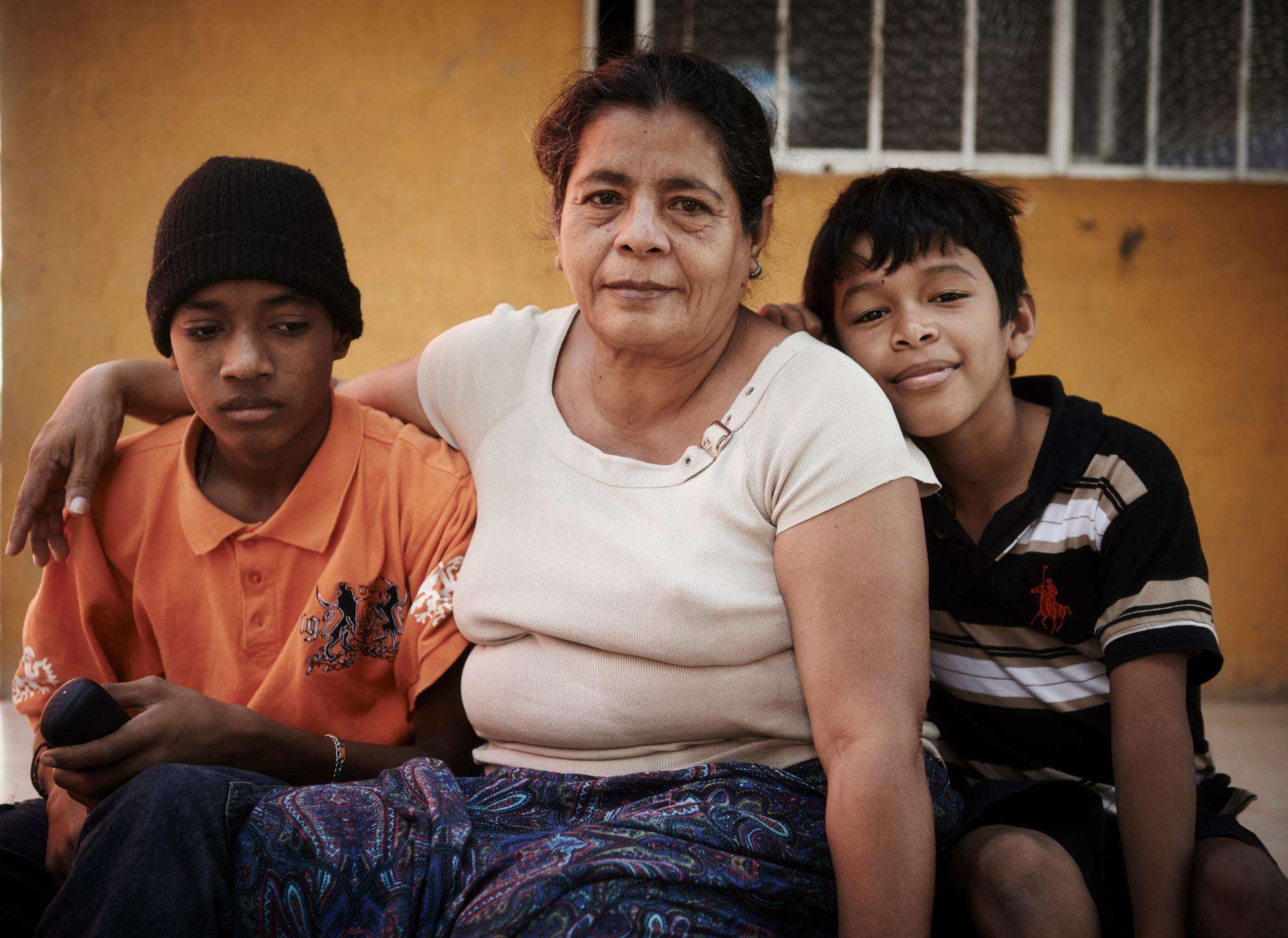What is the Central American migration crisis?
Every year, hundreds of thousands of people from El Salvador, Guatemala, and Honduras flee extreme violence and poverty and head north through Mexico to find safety. The high levels of violence in the region, known as the Northern Triangle of Central America (NTCA), are comparable to that in war zones where MSF has worked for decades.
The countries of the NTCA have long been burdened by deep social inequality, political instability, and conflict—and in some cases have been further destabilized by US interventions in the region over the past 40 years. Now these countries are also contending with the rapid expansion of transnational organized crime, which has exploded over the past decade. Across this region, drug and human trafficking by criminal groups known as maras, coupled with widespread corruption and weak law enforcement, have resulted in an environment where civilians face the ever-present threat of violence.
Gang-related murders, kidnappings, extortion, and sexual violence are daily facts of life. “In my country, killing is ordinary—it is as easy as killing an insect with your shoe,” said one man from Honduras, who was threatened by gang members for refusing their demand for protection money, and later shot three times.
In recent years, more migrants have been coming from as far away as Africa or Asia. In Mexico, the number of extracontinental migrants from Africa or Asia encountering authorities irregularly has skyrocketed from 17,044 cases in 2022 to 92,163 in 2023 and 88,956 in 2024, according to Mexico’s Migration Policy Unit. These figures indicate that extracontinental migration is now a significant demographic factor along the migration route in the Americas.

.png?itok=1LOxsmOG)





.png?itok=eEPdaRfX)



